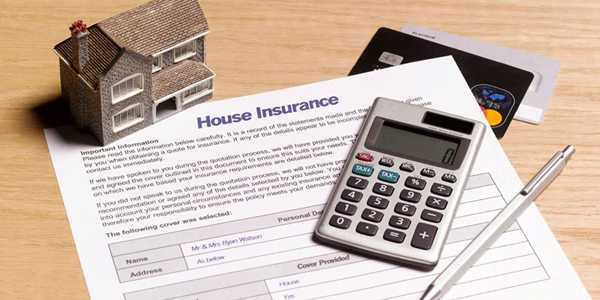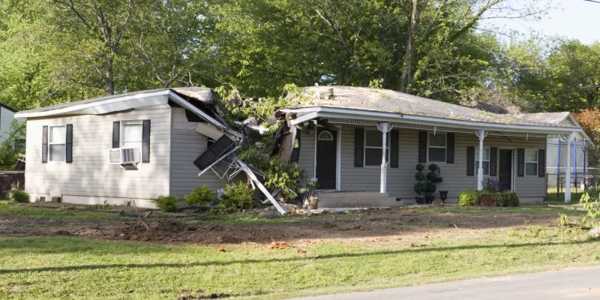How To Choose A Home Insurance Plan That Truly Helps
What would happen if a fire damaged your home, or a storm tore part of your roof away? Would your insurance cover the damage, or would you be left to pay thousands out of pocket? These are questions no homeowner wants to face after the fact. That's why choosing the right home insurance plan is more than just picking the cheapest one you see online. It's about understanding what you truly need and ensuring the policy you choose protects what matters most to you—your home, your family, and your peace of mind.
Let's break down what to look for, what to avoid, and how to make a wise decision that gives you proper protection, not just a piece of paper.
What Does A Standard Home Insurance Policy Usually Cover?
A good place to begin is by understanding the typical structure of a home insurance plan. While coverage varies depending on the provider, most standard policies in the market include these components:
Dwelling Protection
This covers the actual structure of your home. If your house is damaged or destroyed by events like fire, hail, windstorms, or theft, this part of your insurance kicks in. Ensure the coverage amount is sufficient to rebuild your home entirely, if necessary, not just to pay off your mortgage.
Personal Property Coverage
If your belongings are damaged or stolen, this section helps you replace items like furniture, clothing, appliances, and electronics. The limit and scope here matter more than most people realise. Some plans only cover the actual cash value, which takes into account depreciation. Others will replace items at today's prices (called replacement cost coverage). The difference can be thousands of dollars.

Liability Protection
If someone is injured on your property and decides to sue, or if you accidentally cause damage to someone else's property, this coverage can handle legal fees and damages. It's often overlooked, but it's a primary safeguard—especially if you have pets, children, or a pool.
Additional Living Expenses (ALE)
If your home becomes unlivable due to a covered disaster, ALE helps cover the costs of temporary housing, meals, and other essential living expenses while repairs are being made. Some people are unaware of this existence until they need it. Check the limits and duration—some policies only offer this support for a fixed number of months.
Which Disasters Are Covered—And Which Are Not?
Here’s where things get tricky. A standard plan may not protect you from every risk. You need to pay attention to exclusions and gaps in coverage.
Natural Disasters Often Excluded
Floods and earthquakes are usually not included. You’d need separate policies or add-ons. If you live in an area prone to these events, this is a non-negotiable. It doesn’t matter if you’re not near a major waterway—many flood claims come from areas with no prior history of flooding.
Wear And Tear Is Never Covered
Home insurance isn't a maintenance plan. If your roof leaks due to age or your plumbing bursts because it wasn't properly maintained, your insurance won't cover the cost. Ensure your home is in good condition before purchasing a policy and maintain regular upkeep.
How Much Coverage Do You Need?
This is one of the most common mistakes homeowners make: they underinsure their property to save on premiums. That can backfire quickly in a major disaster.
Don’t Base It On Market Value
Insurance should be based on the cost to rebuild, not on the potential sale value of your home. These numbers can be quite different. Request a "replacement cost estimate" from your insurance provider.
Take Inventory Of Your Belongings
Walk through every room in your home and record what you own. This provides a clearer picture of the amount of personal property coverage you need. Include your attic, garage, and even sheds.
Look At Liability Carefully
Most policies offer a standard $100,000 in liability coverage. That may not be enough. If someone sues you after an injury, legal fees and settlements can quickly exceed that. Consider increasing this to $300,000 or more if you can afford the slight premium increase.
Should You Add Extra Coverage?
Once you’ve reviewed the basics, think about your specific lifestyle and risk exposure.
High-Value Items
Do you own expensive jewellery, fine art, or rare collectables? Standard policies usually cap payments for such items. You might need an endorsement or rider to cover their full value.
Home-Based Business
If you work from home or run a small business out of your property, your equipment and liability might not be covered. Business equipment and customer injury claims are often excluded from coverage. You can add home business coverage or buy a separate policy.
Extended Replacement Cost
Some insurers offer "extended" or "guaranteed" replacement cost coverage, which pays beyond your policy limits if building costs skyrocket after a disaster. This can be a significant help if you live in an area where construction costs fluctuate rapidly or if your home is custom-built.
What’s The Right Deductible?
A deductible is what you pay out of pocket before insurance starts covering costs. Choosing the right one is about balancing your budget and your risk tolerance.
Lower Deductible = Higher Premium
If you want to pay less in an emergency, your monthly or yearly costs will be higher. This might work better if you don’t have much saved for emergencies.

Higher Deductible = Lower Premium
If you can afford to cover a few thousand dollars upfront in case of damage, you'll save money on premiums. This is usually the more economical option for individuals who have a savings cushion.
Choosing A Policy That Fits Your Life
Ultimately, a good home insurance plan isn't about obtaining the cheapest rate or the most coverage on paper. It's about what fits your life. Do you travel often and need someone to check on your home while you're gone? Are you planning to rent out part of the house on a short-term basis? Are you located near a wildfire or hurricane zone?
All of these details should influence your decision. Take your time, ask the right questions, and avoid policies that seem too “one-size-fits-all.”







